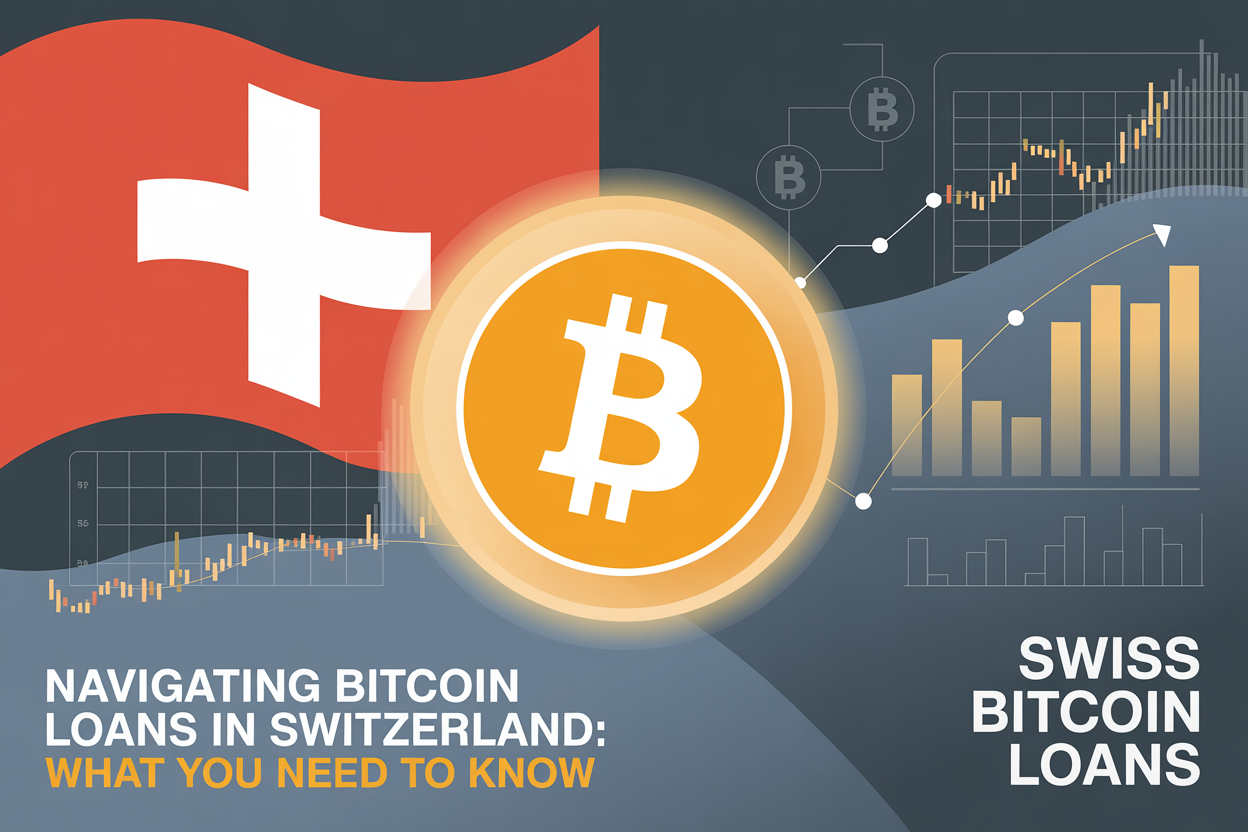Now Reading: Expert Komodo Wallet Review: Pros, Cons, and Verdict
- 01
Expert Komodo Wallet Review: Pros, Cons, and Verdict
Expert Komodo Wallet Review: Pros, Cons, and Verdict

Managing digital assets requires tools that balance security with flexibility. This analysis explores a platform combining non-custodial storage with built-in trading features, designed for users who prioritize control over their crypto holdings. Unlike traditional exchanges, it eliminates third-party custody risks while offering direct access to decentralized markets.
The system’s architecture emphasizes atomic swap technology, enabling peer-to-peer trades without intermediaries. Users maintain full ownership of private keys, a critical feature for seasoned traders and newcomers alike. Support for multiple cryptocurrencies ensures compatibility with diverse portfolios, from Bitcoin to emerging altcoins.
We evaluate security protocols like encryption standards and backup options, alongside practical aspects such as interface design and transaction speeds. Real-world testing reveals how the platform performs during market volatility and high-demand periods. Compatibility with hardware wallets adds another layer of protection for long-term storage.
Whether you’re executing quick trades or securing assets for years, understanding this tool’s capabilities helps make informed decisions. Our assessment weighs technical strengths against areas needing improvement, providing clarity in a crowded market.
Key Takeaways
- Non-custodial design ensures complete user control over funds
- Integrated atomic swaps enable direct cryptocurrency trading
- Multi-chain support covers major coins and niche tokens
- Enhanced security through optional hardware wallet pairing
- Streamlined interface balances advanced features with accessibility
- Transparent fee structure for swaps and transactions
Overview of Komodo Wallet and Its Core Features
Modern cryptocurrency management demands tools that merge security with seamless trading. This platform combines storage and decentralized exchange features through its open-source framework, supporting thousands of digital assets across multiple protocols.

Cross-Protocol Trading and Asset Diversity
The system enables direct peer-to-peer swaps using atomic technology, bypassing centralized exchanges. Users handle major coins like Bitcoin and Ethereum alongside niche tokens, including QRC-20 and BEP-20 standards. Real-time trading allows executing multiple orders simultaneously without third-party involvement.
Custom asset integration lets developers add new tokens through standardized protocols. This flexibility makes the application ideal for both established portfolios and experimental blockchain projects.
Interface Design and Cross-Device Compatibility
A unified dashboard displays balances, market data, and transaction histories. The layout simplifies complex operations like cross-chain swaps while maintaining advanced settings for experienced traders.
Mobile and desktop versions sync seamlessly across Android, iOS, and computer operating systems. Command-line tools provide additional customization for technical users managing large-scale crypto operations.
Understanding the Komodo Blockchain Ecosystem
The foundation of any blockchain platform lies in its architectural design and protective measures. Originating as a Zcash fork with Bitcoin’s DNA, this blockchain ecosystem combines privacy-focused zk-SNARK technology with novel consensus methods. Its layered approach addresses both scalability challenges and enterprise-grade protection needs.

Blockchain Architecture and Security Mechanisms
At its core, the Komodo platform employs delayed Proof-of-Work (dPoW) – a hybrid system leveraging Bitcoin’s network strength. Sixty-four notary nodes periodically record blockchain snapshots onto Bitcoin’s ledger, creating immutable backups. This process grants smaller chains Bitcoin-level security without requiring massive computational resources.
The dual-layer structure separates consensus activities from smart contract execution. Base layer transactions benefit from Zcash’s privacy features, while upper layers support customizable smart chain development. Modular components let projects implement unique governance models while maintaining cross-chain compatibility.
Integration with Decentralized Applications
Developers leverage this ecosystem to build dApps with inherited security features. The platform’s network supports interoperability through atomic swap protocols and decentralized exchange modules. Projects can launch independent blockchains while remaining connected to the broader ecosystem for liquidity and data verification.
Through its SDK tools and API access, the Komodo team enables seamless integration with existing DeFi platforms and NFT marketplaces. This flexibility makes the environment ideal for projects prioritizing both autonomy and secure network participation. Continuous protocol upgrades ensure compatibility with emerging Web3 standards.
In-Depth “komodo wallet review” Analysis
Direct peer-to-peer trading reshapes how investors interact with digital markets. This platform eliminates middlemen through atomic swap execution, letting traders control every transaction phase while maintaining asset custody.

Key Functionalities and Usability
The interface simplifies complex operations with clear menu categorization and real-time balance updates. Users switch between portfolio tracking and decentralized exchange modes in two clicks, supported by visual trade confirmation screens.
Atomic swap integration works across 12+ blockchain networks, enabling cross-chain trades without depositing funds on external platforms. Transaction histories display swap details and network fees transparently, reducing confusion during multi-asset management.
Trading Fee Structure and Atomic Swap Benefits
Market makers enjoy zero fees, while takers pay just 0.13% – nearly 50% below standard exchange rates. KMD token holders receive extra savings, cutting costs to 0.117% per executed order.
The peer-to-peer order book matches requests within seconds, leveraging blockchain verification instead of centralized servers. This approach maintains liquidity during high volatility while ensuring users never relinquish private key ownership.
Network fees remain the sole mandatory cost, calculated based on current blockchain congestion levels. Compared to custodial platforms, this model provides predictable pricing without hidden surcharges.
Pros and Cons of Using the Komodo Wallet
Balancing asset control with personal responsibility defines modern crypto tools. This solution stands out for its robust security framework but demands technical awareness from those managing digital holdings.
Advantages: Security, Control, and Flexibility
Non-custodial access ensures users always retain ownership of their private keys. The platform supports over 1,800 assets while offering 5.1% annual interest on KMD holdings above 10 coins through Active User Rewards. Compatible storage options like Verus Agama simplify earning without third-party risks.
Cross-chain swaps and hardware wallet integration provide flexibility for diverse portfolios. Unlike centralized services, funds remain inaccessible to external actors – a critical advantage for long-term investors prioritizing self-custody.
Drawbacks: Technical Requirements and Recovery Risks
Newcomers face steep learning curves when managing 24-word desktop or 12-word mobile seed phrases. Losing this recovery phrase means permanent asset loss, as no centralized backup exists. Proper security requires understanding cold storage methods and secure storage solutions.
While rewards attract passive income seekers, maintaining minimum balances across supported wallets demands careful portfolio management. Technical glitches during atomic swaps could temporarily lock funds until blockchain confirmations complete.
FAQ
How does decentralized trading work on the platform?
The platform enables peer-to-peer transactions through atomic swaps, allowing direct trades between users without intermediaries. This process uses smart contracts to ensure secure, trustless exchanges across different blockchains like Bitcoin or Ethereum.
What security features protect user funds?
Private keys remain under user control, encrypted locally on devices. The ecosystem employs delayed proof-of-work (dPoW) to enhance network security, providing an additional layer of protection against potential attacks.
Are there fees for using cross-chain swaps?
Cross-chain swaps typically involve minimal network fees, which vary based on blockchain congestion. Unlike centralized exchanges, there are no hidden charges or percentage-based commissions for atomic swaps.
What technical skills are needed to use the platform effectively?
While basic crypto knowledge helps, the interface simplifies complex actions like cross-chain trades. Advanced features, such as setting up decentralized order books, may require familiarity with blockchain concepts.
Which digital assets are supported for storage and swaps?
The platform supports major cryptocurrencies like Bitcoin, Ethereum, and Binance Smart Chain tokens. It also integrates privacy-focused coins and ERC-20 tokens through its multi-chain architecture.
How does recovery work if a device is lost?
Users must securely store their 12- or 24-word seed phrase during setup. Without this phrase, accessing funds becomes impossible, emphasizing the need for proper backup measures.
Can developers build applications on this ecosystem?
Yes, the infrastructure offers SDKs and APIs for creating decentralized apps. Its modular design allows customization while leveraging the underlying security protocols and liquidity networks.
How does liquidity compare to centralized exchanges?
Liquidity relies on peer-to-peer order books rather than pooled reserves. While less concentrated than top centralized platforms, atomic swaps enable direct access to global counterparties without withdrawal limits.
Is there mobile access for managing assets?
While desktop clients offer full functionality, third-party integrations like Guarda Wallet provide mobile compatibility. Browser-based tools also enable basic portfolio tracking on-the-go.
What makes this platform different from others?
Unique offerings include non-custodial atomic swaps, cross-chain interoperability, and earning opportunities through staking or liquidity provision. Its decentralized governance model contrasts with corporate-controlled alternatives.















